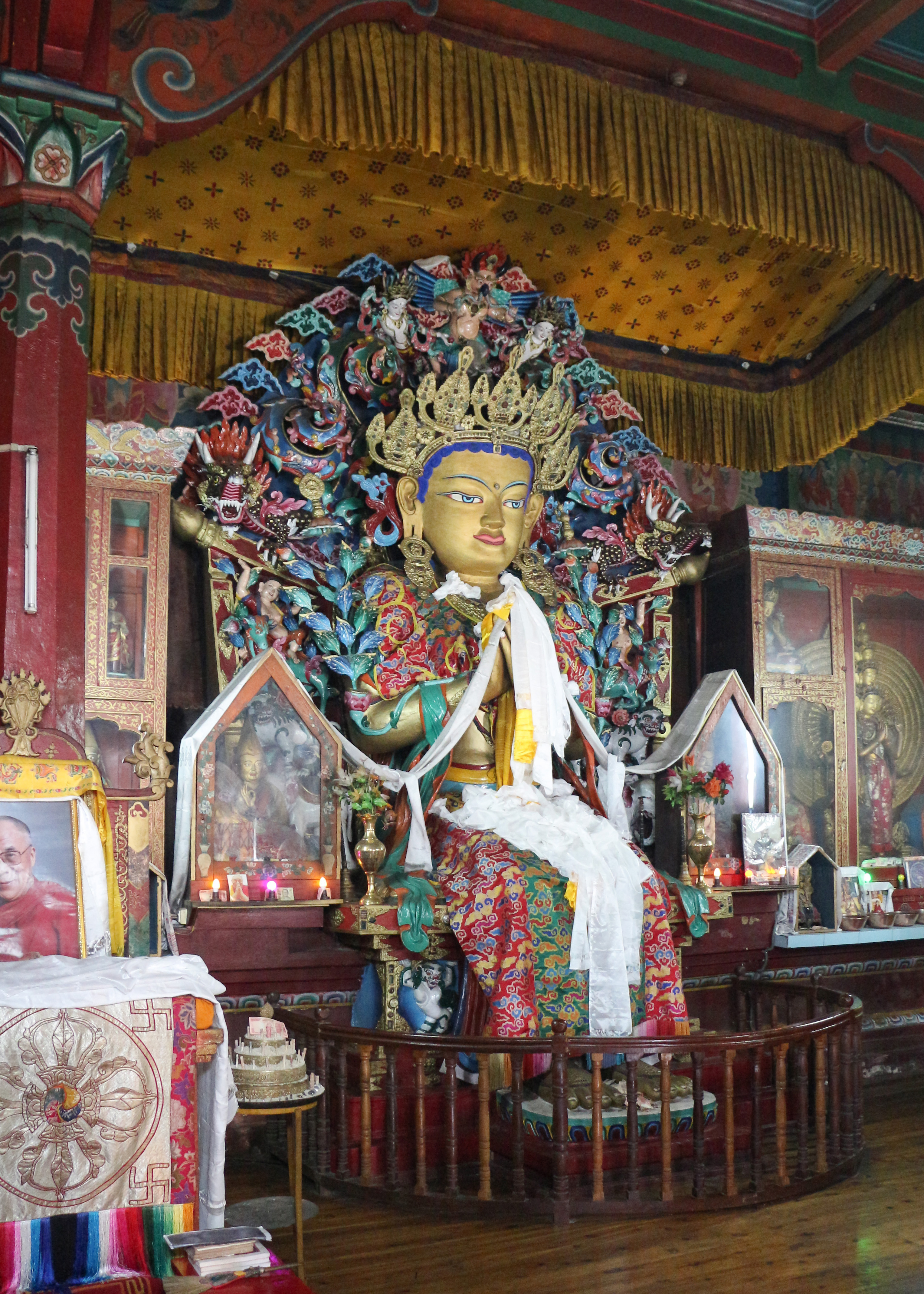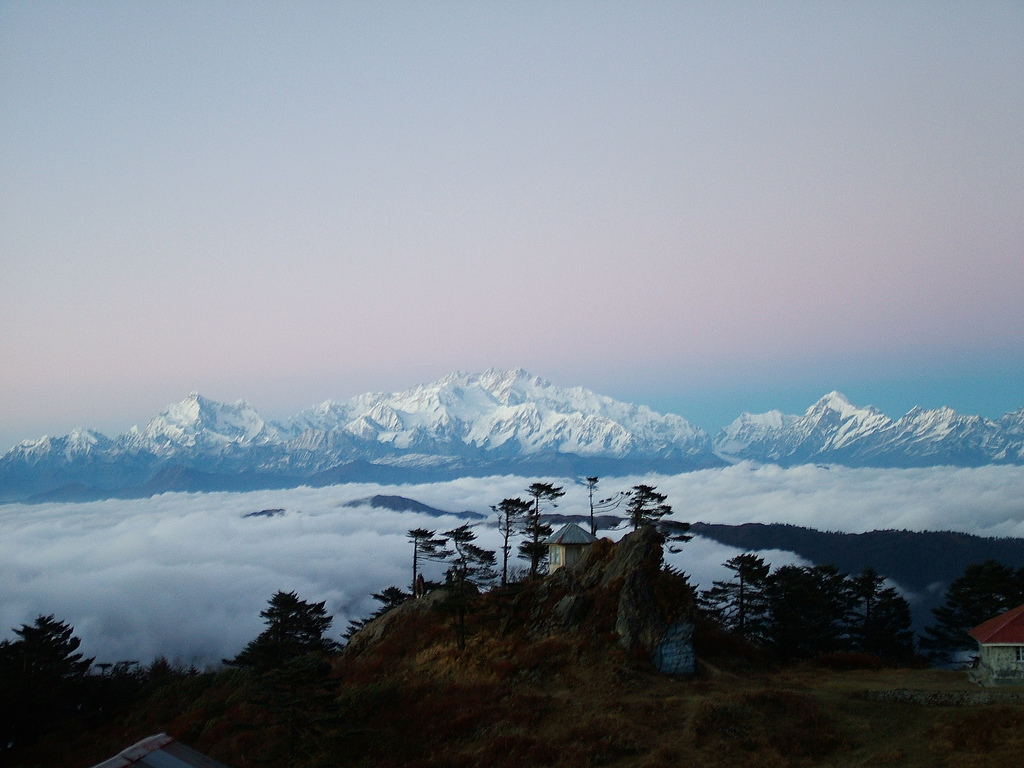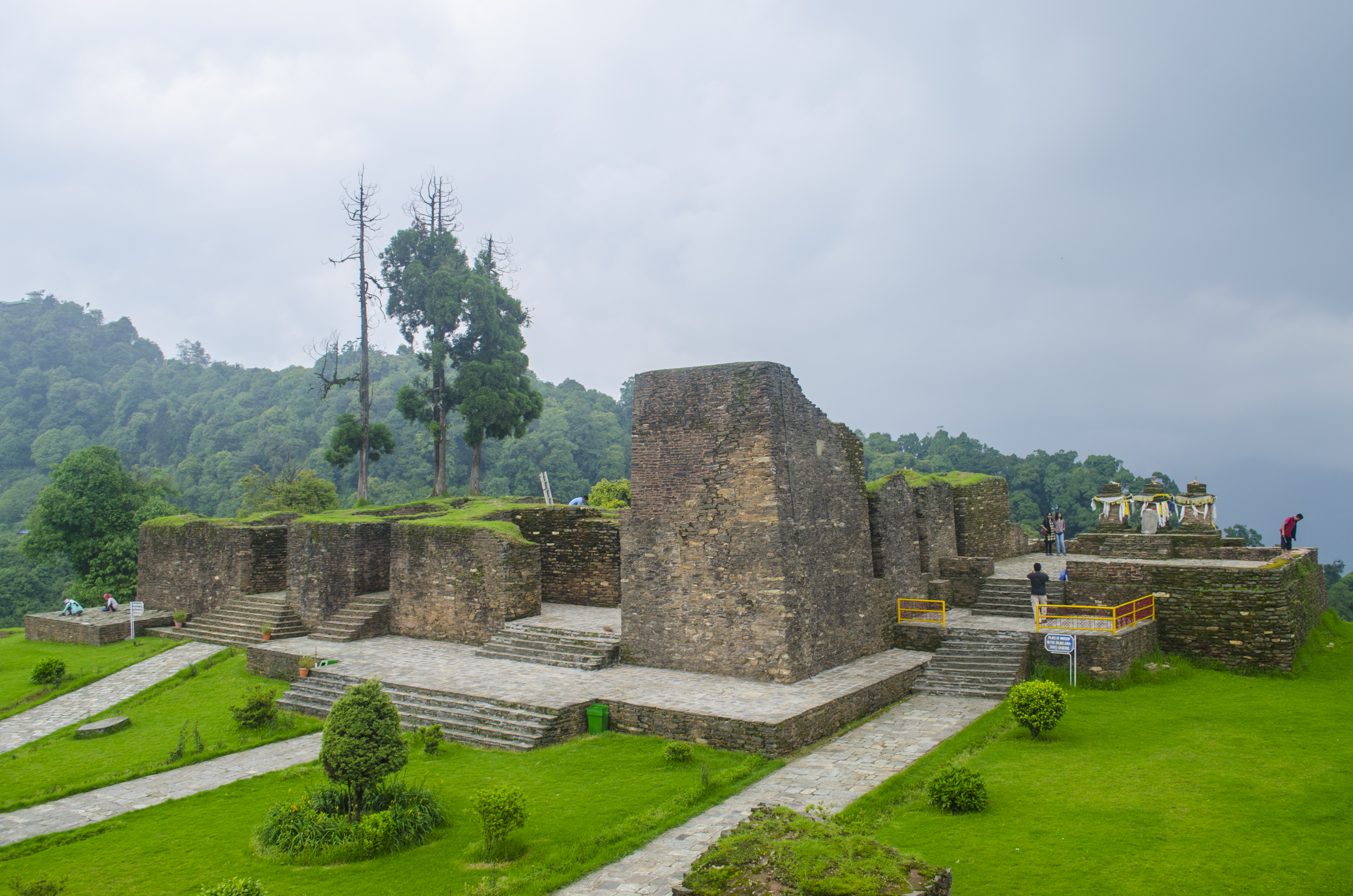The Ghoom Monastery stands as a profound testament to Tibetan Buddhist heritage in the heart of Darjeeling, embodying centuries of spiritual tradition and cultural resilience. Established in 1850 by the remarkable Mongolian astrologer and monk Sokpo Sherab Gyatso, this sacred institution represents the Gelukpa or Yellow Hat sect, one of the most significant schools of Tibetan Buddhism.
Perched at a high altitude amidst the panoramic Himalayan landscape, the monastery offers not just a spiritual sanctuary but a window into the complex religious and cultural dynamics of the region. The Yellow Hat sect, known for its rigorous scholastic approach and emphasis on monastic discipline, has played a crucial role in preserving and propagating Buddhist philosophy throughout Tibet and the surrounding mountainous regions.
The architectural design of Ghoom Monastery reflects traditional Tibetan Buddhist aesthetic principles, with intricate woodwork, vibrant murals, and carefully crafted religious artifacts that narrate stories of spiritual journeys and philosophical insights. Its walls are adorned with exquisite thangkas—intricate religious paintings that depict Buddhist deities, mandalas, and significant moments in Buddhist narrative traditions.
During its early years under Sokpo Sherab Gyatso's administration until 1905, the monastery became a critical center of learning and spiritual practice. Monks would gather here to study complex Buddhist scriptures, engage in meditative practices, and participate in elaborate ritual ceremonies that have been part of Tibetan Buddhist tradition for centuries.
The monastery houses several important religious artifacts, including a significant statue of Maitreya Buddha—the future Buddha—which attracts pilgrims and tourists alike. This impressive statue represents not just religious iconography but embodies the broader philosophical concept of compassion and the potential for spiritual transformation that lies at the core of Buddhist teachings.
Beyond its religious significance, Ghoom Monastery serves as a critical cultural bridge, representing the deep historical connections between Tibetan Buddhist communities and the diverse ethnic landscape of Darjeeling. It has weathered numerous historical changes, including the complex political transformations of Tibet and the mass migrations of Buddhist communities in the mid-20th century.
The monastery continues to be an active center of spiritual practice, hosting regular prayer ceremonies, meditation sessions, and serving as an educational institution for young monks. Its preservation represents not just a religious commitment but a broader effort to maintain and celebrate the rich cultural heritage of Tibetan Buddhism in the Indian Himalayan region.
Local communities and international visitors are drawn to Ghoom Monastery not just for its religious significance but for its profound sense of tranquility and spiritual depth. Situated against the backdrop of majestic Himalayan peaks, the monastery offers a unique glimpse into a world where ancient spiritual traditions continue to thrive and evolve in the contemporary global landscape.








